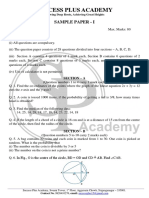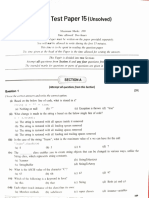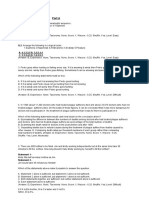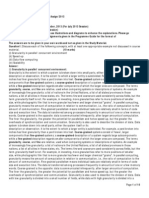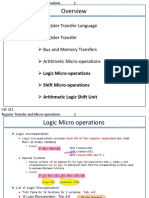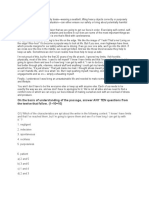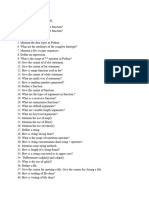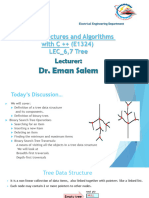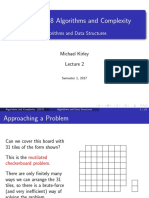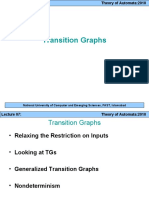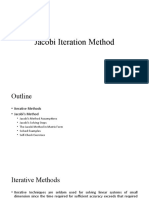0% found this document useful (0 votes)
707 views45 pagesResource Person: Zafar Mehmood Khattak
The document discusses different types of trees including binary trees and binary search trees. It defines key tree terminology like root, child, parent, and leaf nodes. It explains properties of different types of binary trees such as full, extended, and complete binary trees. The document also provides algorithms and code examples for constructing binary search trees and performing operations like insertion, searching, and traversal on binary trees.
Uploaded by
Vicky ButtCopyright
© Attribution Non-Commercial (BY-NC)
We take content rights seriously. If you suspect this is your content, claim it here.
Available Formats
Download as PPT, PDF, TXT or read online on Scribd
0% found this document useful (0 votes)
707 views45 pagesResource Person: Zafar Mehmood Khattak
The document discusses different types of trees including binary trees and binary search trees. It defines key tree terminology like root, child, parent, and leaf nodes. It explains properties of different types of binary trees such as full, extended, and complete binary trees. The document also provides algorithms and code examples for constructing binary search trees and performing operations like insertion, searching, and traversal on binary trees.
Uploaded by
Vicky ButtCopyright
© Attribution Non-Commercial (BY-NC)
We take content rights seriously. If you suspect this is your content, claim it here.
Available Formats
Download as PPT, PDF, TXT or read online on Scribd
/ 45










